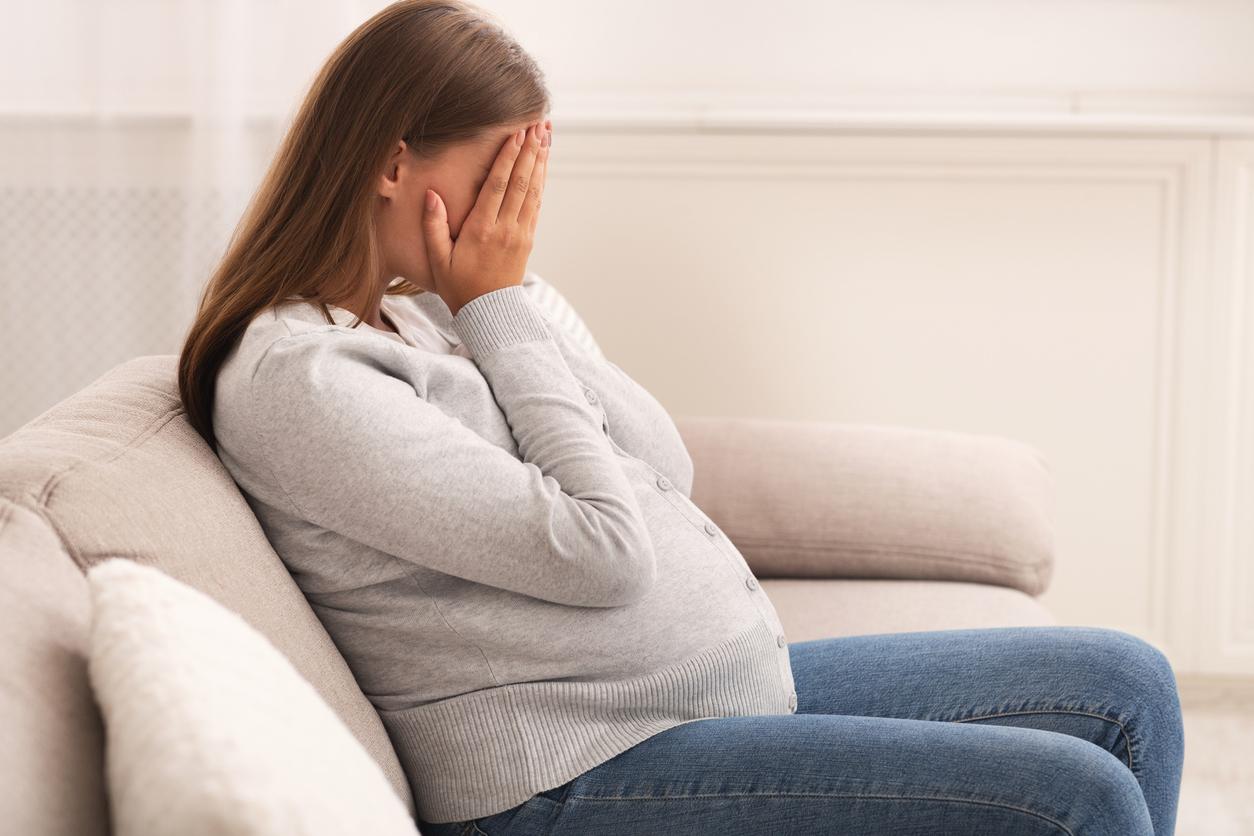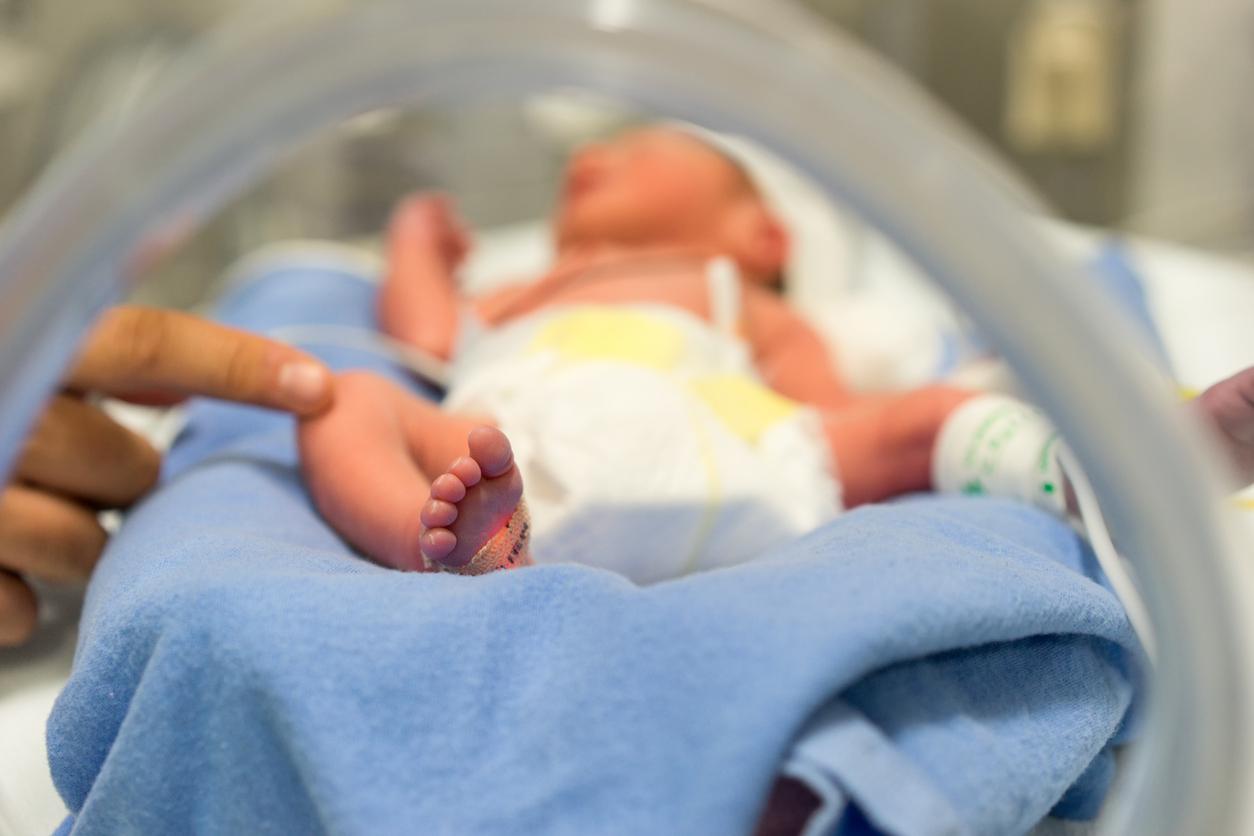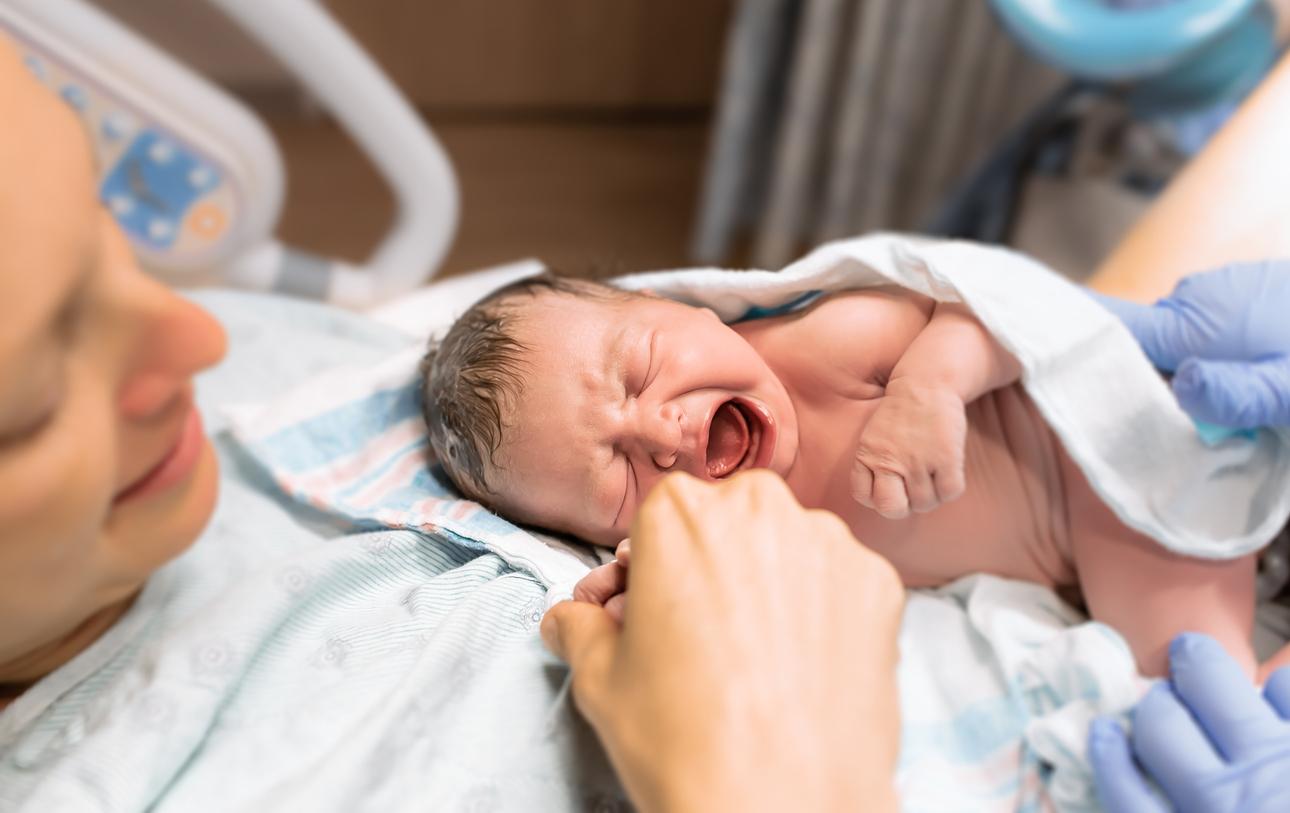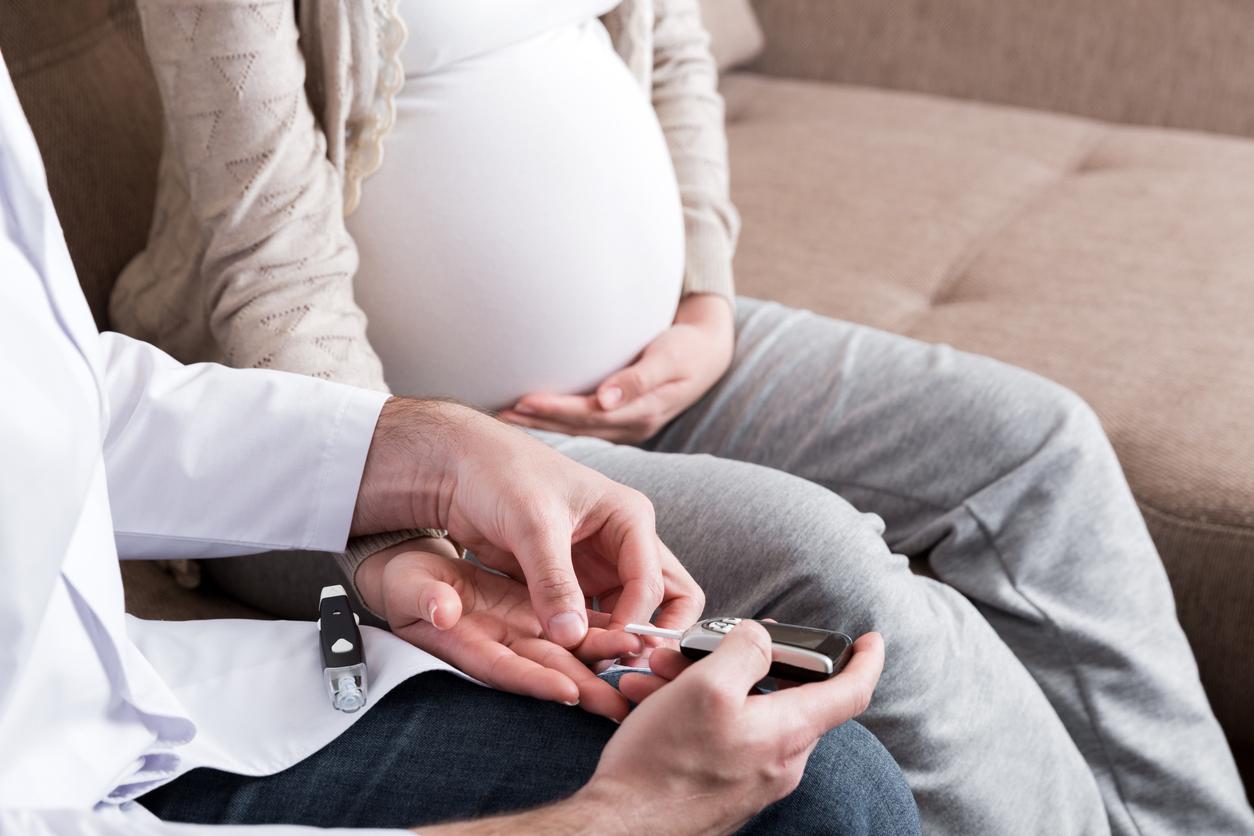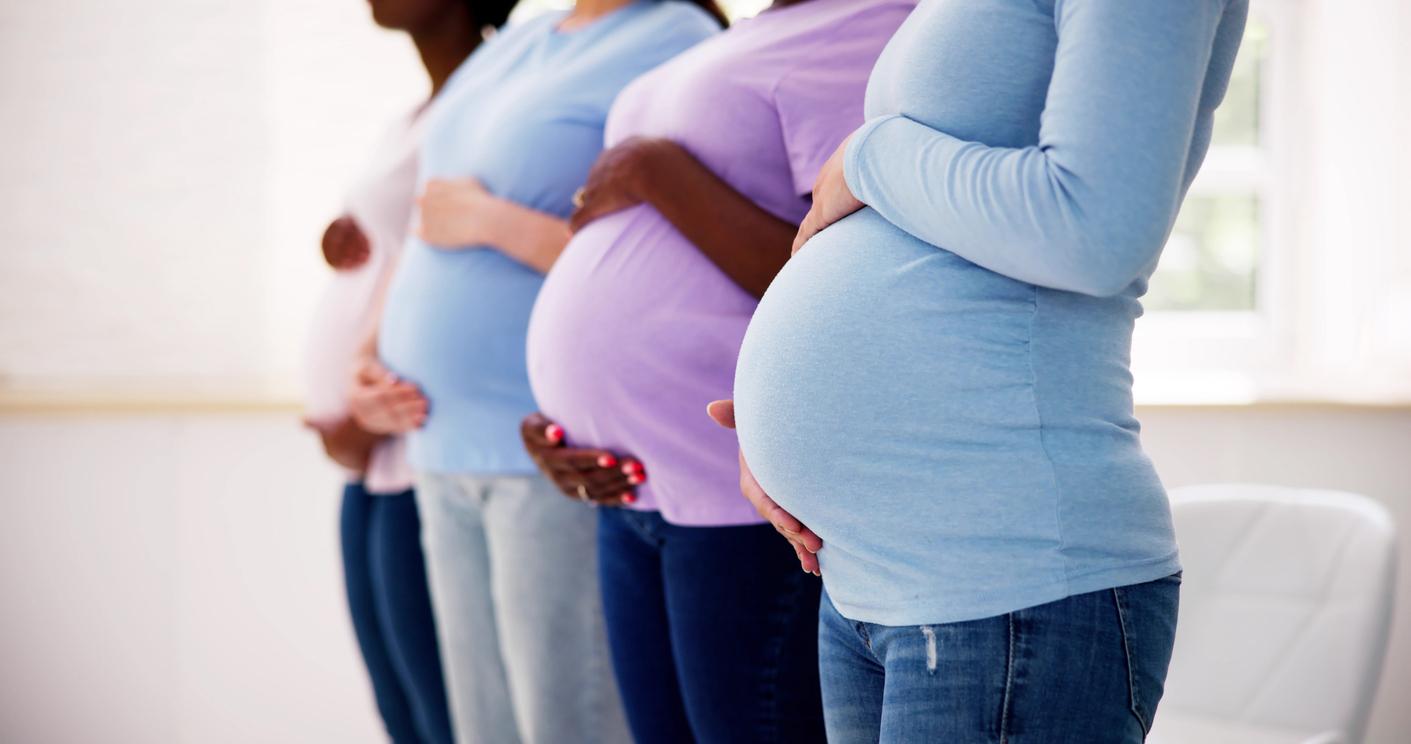Exposure to air pollution from road traffic during pregnancy is associated with serious neonatal complications such as premature delivery.
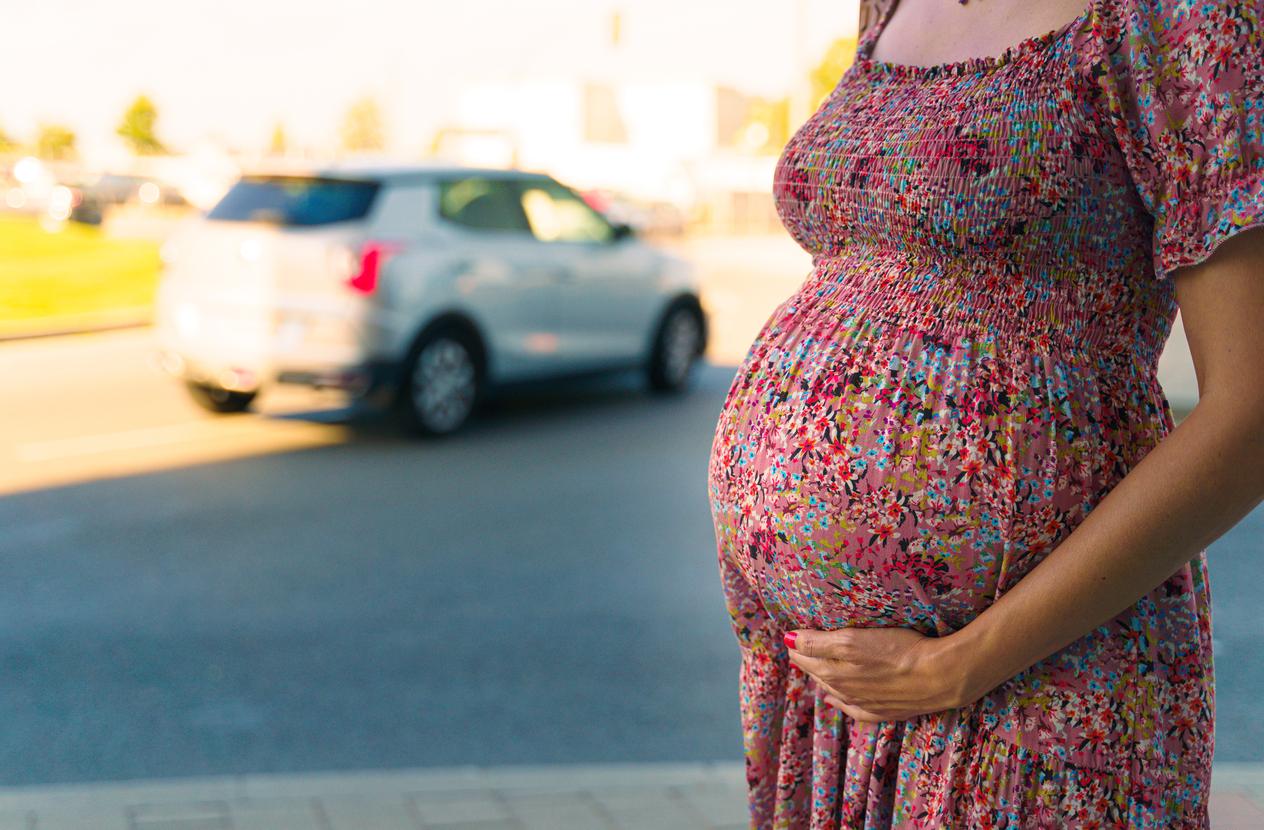
- Exposure to air pollution from road traffic during pregnancy is associated with serious complications for mother and baby.
- The risks of premature birth at less than 28 weeks of gestation were 8 times higher for pregnancies exposed to the highest levels of air pollution compared to the lowest levels.
- For American researchers, their work highlights the harmful impact of pollution linked to road traffic on the health of mothers and children.
The women pregnant exposed to air pollution linked to road traffic are more likely to experience serious neonatal complications, such as premature delivery, according to a study led by researchers of the‘UT Southwestern Medical Center. The team presented details of their work in the October edition of the journal American Journal of Obstetrics & Gynecology.
Road traffic: traffic-related pollution increases the risk of prematurity
For this study, scientists reviewed the records of more than 62,000 births that took place in Parkland Memorial Hospital between January 2013 and December 2021. They also collected average concentrations of nitrogen dioxide, a pollutant indicative of combustion activities such as road traffic, in the region during this period. These rates were compared to pregnancy outcomes for patients living within 10 miles of an air pollution monitoring station.
Analyzes showed that high levels of exposure to nitrogen dioxide from road traffic throughout pregnancy were significantly associated with an increased risk of premature births, including very early ones. (less than 28 weeks) as well as an increase in neonatal intensive care unit admissions.
“The risks of giving birth at less than 28 weeks gestation were eight times higher for women exposed to the highest levels of air pollution compared to the lowest levels,” specify the authors in a communicated.
THE newborns including mothers were exposed to road traffic pollution and also faced complications after birth. They were more likely to have respiratory problems and low weight. The researchers also identified in these babies a correlation between neonatal exposure to nitrogen dioxide and a greater risk of diagnosis of respiratory diseases, need for respiratory assistance and development of sepsis after delivery.
Pregnancy : “Air pollution from heavy traffic is a significant threat”
“These findings suggest that air pollution from heavy traffic is a significant threat to pregnant people as well as their child’s health after delivery.”says principal investigator Dr. David B. Nelson, chief of medicine maternal-fetal and gynecology at UT Southwestern.
The expert recognizes that it is “It is difficult to say how much nitrogen dioxide exposure is too much, but it is important to note that many patients in our study experienced clinical impacts from exposure to levels of nitrogen dioxide that were within the limits admissible by the authorities”.
For him, it is important to know these risks for the health of the mother and child and to find solutions to reduce them. “Pregnant patients in high-traffic urban areas may hold jobs or other responsibilities that make it difficult to reduce their exposure, and they are often already at higher risk for adverse perinatal outcomes given the other social barriers they face. they are confronted”he recalls.








